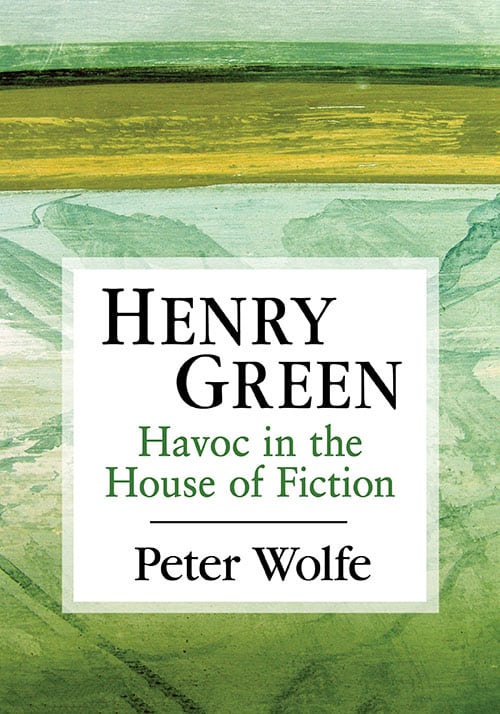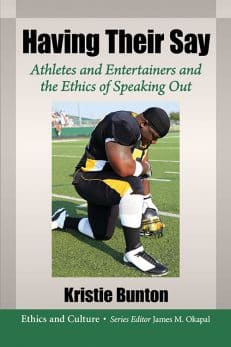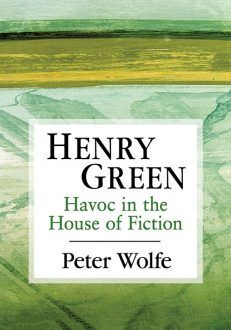Henry Green
Havoc in the House of Fiction
Original price was: $49.95.$24.99Current price is: $24.99.
In stock
About the Book
By mid-career, many successful writers have found a groove and their readers come to expect a familiar consistency and fidelity. Not so with Henry Green (1905–1973). He prefers uncertainty over reason and fragmentation over cohesion, and rarely lets the reader settle into a nice cozy read. Evil, he suggests, can be as instructive as good. Through Green’s use of paradoxical and ambiguous language, his novels bring texture to the flatness of life, making the world seem bigger and closer. We soon stop worrying about what Hitler’s bombs have in store for the Londoners of Caught (1943) and Back (1946) and start thinking about what they have in store for each other. Praised in his lifetime as England’s top fiction author, Green is largely overlooked today. This book presents a comprehensive analysis of his work for a new generation of readers.
About the Author(s)
Bibliographic Details
Peter Wolfe
Format: softcover (7 x 10)
Pages: 258
Bibliographic Info: notes, bibliography, index
Copyright Date: 2018
pISBN: 978-1-4766-7111-6
eISBN: 978-1-4766-3105-9
Imprint: McFarland
Table of Contents
Acknowledgments vi
Abbreviations viii
Preface 1
One. Learning How to Listen, What to Listen For 5
Two. Nowhere to Hide in the Combat Zone 16
Three. Co-Existing with the Rigmarole 22
Four. Straight to Sorcery Blindness 34
Living 49
Party Going 69
Five. The Home Fires
Caught 89
Loving 116
Back 139
Six. Perplexed Establishments
Concluding 170
Nothing 196
Doting 213
Conclusion: Waiting for the Shoe to Drop 231
Chapter Notes 241
Bibliography 243
Index 247
Book Reviews & Awards
“Henry Green (1905–73) is a writer’s writer. He has endured severe reverses of popularity and familiarity, more than once going from high visibility, thanks to praise by significant critics, to almost complete eclipse. This study, built on close readings of Green’s major novels, analyzes why Green is so easily overlooked and offers multiple reasons for Green’s rightful place alongside Joyce, Woolf, and Eliot…. One leaves this study with a thorough knowledge of Green’s oeuvre and full insight into his mastery of high modernism, including stream-of-consciousness, distorted time signatures, and fractured perceptions…recommended”—Choice.





